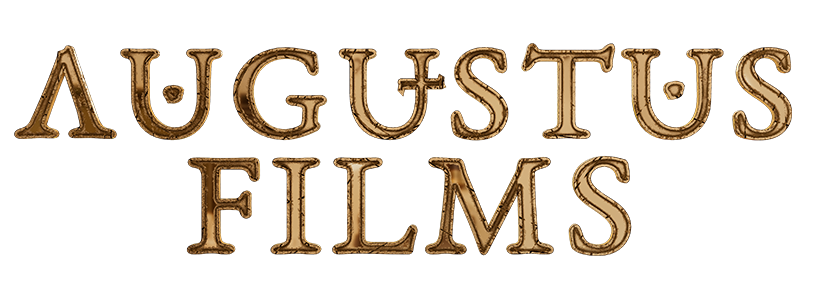Included on this page, you’ll find examples of SMART goals, a customizable SMART goals worksheet, and the best project management tool to use to put your plan in action. We’ve all been setting SMART goals for employees for a long time, but is that still a good idea? Some people use the HARD goal methodology, and others don’t use any formal methods because they feel it confines them.
- Motivation and commitment suffer a setback if goals are set too high.
- With SMART, you can make sure every goal—from project goals all the way to larger company objectives—has everything you need to achieve it.
- Although you can’t force someone to be excited about a project, you can set them up for success with highly structured objectives using the SMART goal method.
- Project managers should look to data from similar past projects for insight into what’s achievable this time around.
Reading the example above, do you see the difference in setting a specific, and therefore, easy to understand goal? We frequently fall into the temptation of creating overarching goals, because they sound very comfortable and simple. But the truth is that the more specific the objective, the more concrete the results will be. If you’ve made it this far, you’re really interested in changing the game. The first step in setting SMART goals is having the desire to create something new.
How to write SMART goals
They are adaptable in ways that other goal-setting methods aren’t. Visibility is vital, whether you’re working on your goal by yourself or with a team. Making your progress highly visible and easily accessible allows everyone to stay on the same page and identify opportunities for success and discussion. In addition to tracking progress, you might monitor task assignments, updates, conversations, and other elements related to your SMART goal.

In this article, we’ll dive into why each element of the SMART goals acronym is essential and how to apply them to your own goals. Your goal should also be measurable; you should be able to track progress and determine whether you’re on track or not. This helps to ensure that you’re making progress towards your objective and avoids the trap of working on goals that are never actually going to be achieved.
Download free templates
There are numerous advantages and a few disadvantages to using this methodology in setting yourself up for success. Having an open-ended goal does not motivate one to achieve it. Setting deadlines to your goal gives you the necessary pressure to ensure accomplishment. Give yourself a time-frame and state when you will see the Dean or Professor and get your classes changed. Timelines will assist you in making significant progress consistently.

S.M.A.R.T. goals are useful because they contain five aspects that help you focus and reevaluate goals as needed. This framework can be helpful for any team trying to practice effective project management. The five aspects of S.M.A.R.T. goals are that they are specific, measurable, achievable, relevant and time-bound. We explore what S.M.A.R.T. goals are and how they can help your team. SMART goals are an acronym that stands for Specific, Measurable, Achievable, Realistic, and Timely. Therefore, a SMART goal incorporates all of these criteria to help focus your efforts and increase the chances of achieving your goal.
Stretch goals are goals that are purposefully challenging. For example, if you usually get 30,000 monthly visitors to your website, a stretch goal would be to get 50,000 monthly visitors. But this stretch goal is still within the realm of possibility. Make sure you make your stretch goals ambitious, not impossible—like aiming to go from 30,000 monthly visitors to 300,000 monthly visitors, for example. To make this SMART objective more impactful, Jane should incorporate measurable, trackable benchmarks.

Organizations of all types leverage AchieveIt to connect, manage, and execute their most important initiatives. Replace manual processes & siloed systems with interconnected plans in a single, automated platform. Whether you’re working solo or with a team, make sure you have a support system in place. If someone is struggling with a task, they should be able to talk to their teammates, who can help with the task or boost morale. Get out of your comfort zone and shoot for the stars — just be sure that you’re not shooting for a star in a completely different galaxy. Under the conditions identified in this example, a person is relieved of excessive pressure and clearly understands how they are moving towards their ultimate goal.
In the long term, customer satisfaction translates to customer/brand loyalty and increased profits. When teams have clarity into the work getting done, there’s no telling how much more they can accomplish in the same amount of time. It’s a pretty tough question to answer without knowing what someone’s goal is, what smart methodology their organizational culture is, and the support system they have. However, there are some familiar places where these goals go wrong, and people lose faith in them. Your SMART goal should be specific, but if it still seems a little daunting, try breaking it down into smaller, more easily achievable tasks.
Take a few minutes to clear your head; let us analyze the SMART method to achieve SMART objectives and goals. With constant practice, it will be easier to apply this method. However, for starters, let us understand what each alphabet in the word “SMART” mean. Remember, not hitting your goals doesn’t mean your project was a total failure. You may have purposefully set a stretch goal to challenge yourself or your team.



